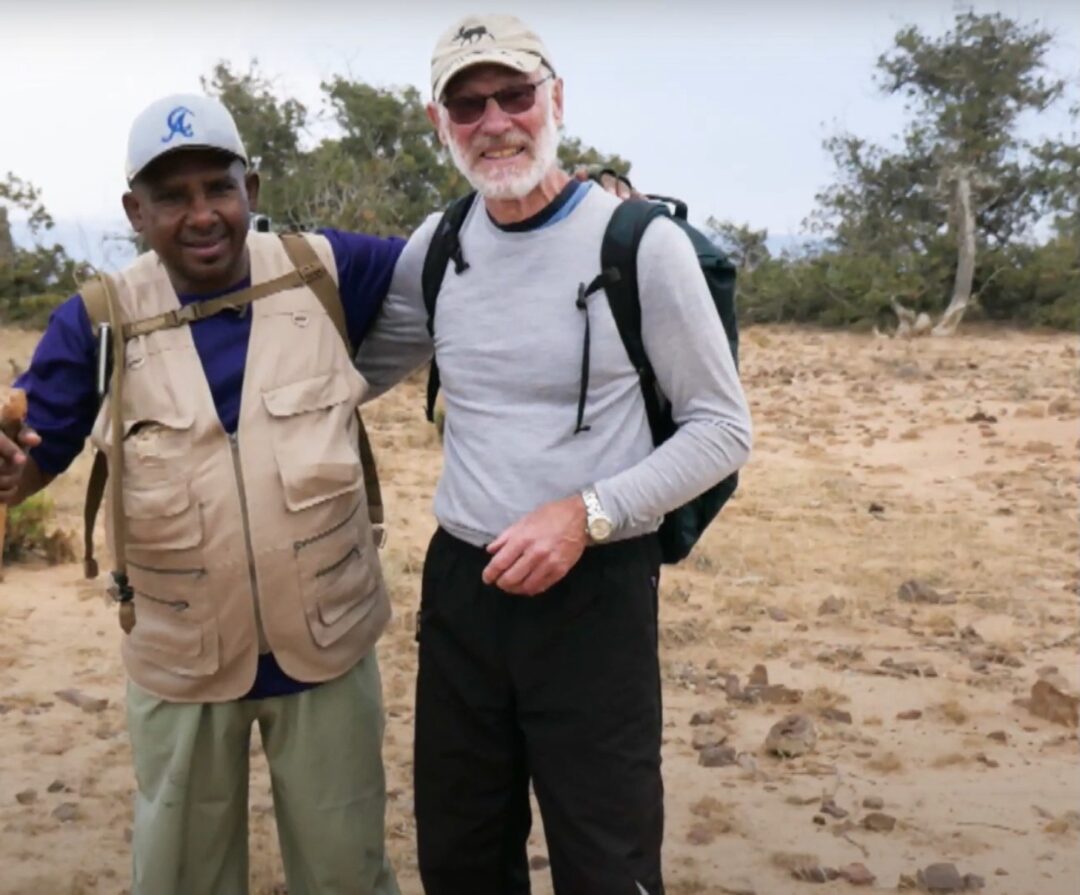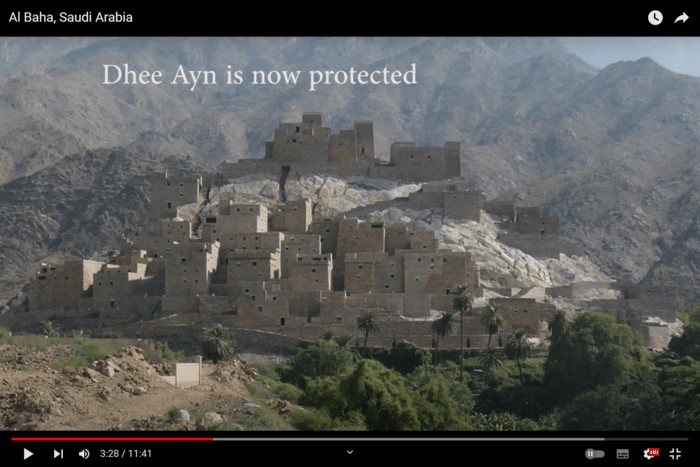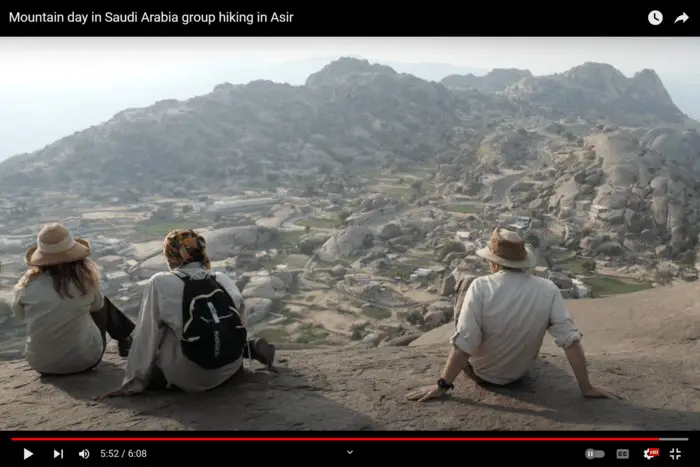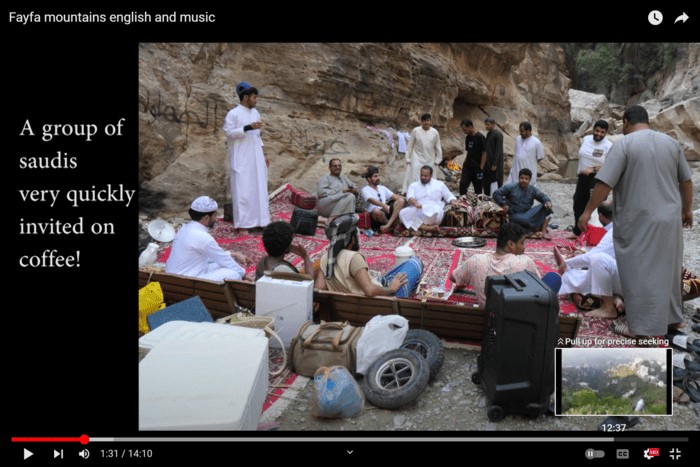
Jon Tiegland returns to Saudi Arabia after 40 years and is shocked to see how the country had changed. He documents his extensive travels in the following article and four YouTube travel videos below.
Jon reports:
‘I worked in Al Baha and Qassim 35 to 40 years ago. My dream for many years has been to visit Saudi Arabia once more. In November and December, the dream became a reality.
My return visit became, in many ways, a very positive experience. What I learned and saw may probably be of interest to others as well.
I have, therefore, made four videos with Saudi music which include country information in selected films and photos.
They are, however, limited to some destinations in the western parts of the country, as I traveled from the border of Jordan in the north to Yemen in the south. They are made public on YouTube and show Wadi Disah, Al Ula, and Medina.
My visit focused on nature, cultural, and historical attractions in Saudi Arabia of interest to Europeans and especially tourists from the Nordic countries.
With only three weeks at my disposal, I had to focus on the western parts of Saudi Arabia. I wanted to see the Taif, Al Baha, and Asir mountains.
I worked there in the 1980s as the first regional tourism planner in the country.
At that time, I advised the regional authority to protect nature, historical and cultural attractions, such as Dhe Ayn.

 rist Attraction 11:41 mins
rist Attraction 11:41 minsThe starting point for my itinerary was the Saudi Vision 2030 program, which emphasizes tourism and heritage as pillars with the express goal of ‘bringing the rich heritage, culture, and warm hospitality of Saudi Arabia to the world.’
program, which emphasizes tourism and heritage as pillars with the express goal of ‘bringing the rich heritage, culture, and warm hospitality of Saudi Arabia to the world.’
The main attraction and reasons for my very positive experience on my return visit were the Saudis themselves and their hospitality.
It started the first day in the deserts in Tabuk, where I unexpectedly met a group of Saudi soldiers who had a Friday off duty.
Immediately after I arrived at their picnic place, the soldiers invited me to a grand party with lots of good food.
Several times during my visit, I experienced the same friendliness.
I include two examples of Saudi hospitality in my videos. One is from my trekking in Asir, and another is from the Fayfa Mountains.
At Fayfa, I unexpectedly met a group of Saudis who introduced me to traditional male dance.
I was privileged to travel with local and professional guides every day. To my pleasure, I could trust all of them.
If unexpected problems occurred, they did not leave them to me but solved them before they left.
One unexpected problem in Saudi Arabia was heavy rain and cold weather. When I arrived in Jeddah, it started to rain so much that the airlines postponed my flight to Tabuk by four hours.
As a result, I had to cancel an important meeting.
A few days later, in Al Ula, extreme rain lasting for a full day made it impossible for me to follow my plans.
To my surprise, the weather in Asir was also so cold in December that most museums were closed, as there were nearly no other tourists.
Be prepared for a change in your plans.

6 Mins
Another challenge was the high level of information technology in Saudi Arabia. Today, all transactions are electronic, not only for purchasing tickets but for every procedure.
I tried to get paper maps, but I could not. The only paper map I could find was in Norway, printed in 2009.
Western tourists – especially older ones – should spend a few months before they arrive learning different types of modern information technology like WhatsApp, Twitter, and Google Maps.
For example, you can save money by using a Saudi mobile operator and changing to a Saudi SIM card.
However, my unsolved challenge was to get in touch with many public institutions in Saudi Arabia. Most did not reply to my nearly hundreds of emails and other communications.
I discovered even that it was not possible to visit a university library without having got an appointment 3-4 days earlier, but how can you manage that when they do not reply if you do not
write in Arabic?’
My Amazing Return Visit To Saudi Arabia in 2022
Author: Jon Teigland, Norway
Contact Email: jon.teigland@gmail.com


